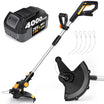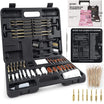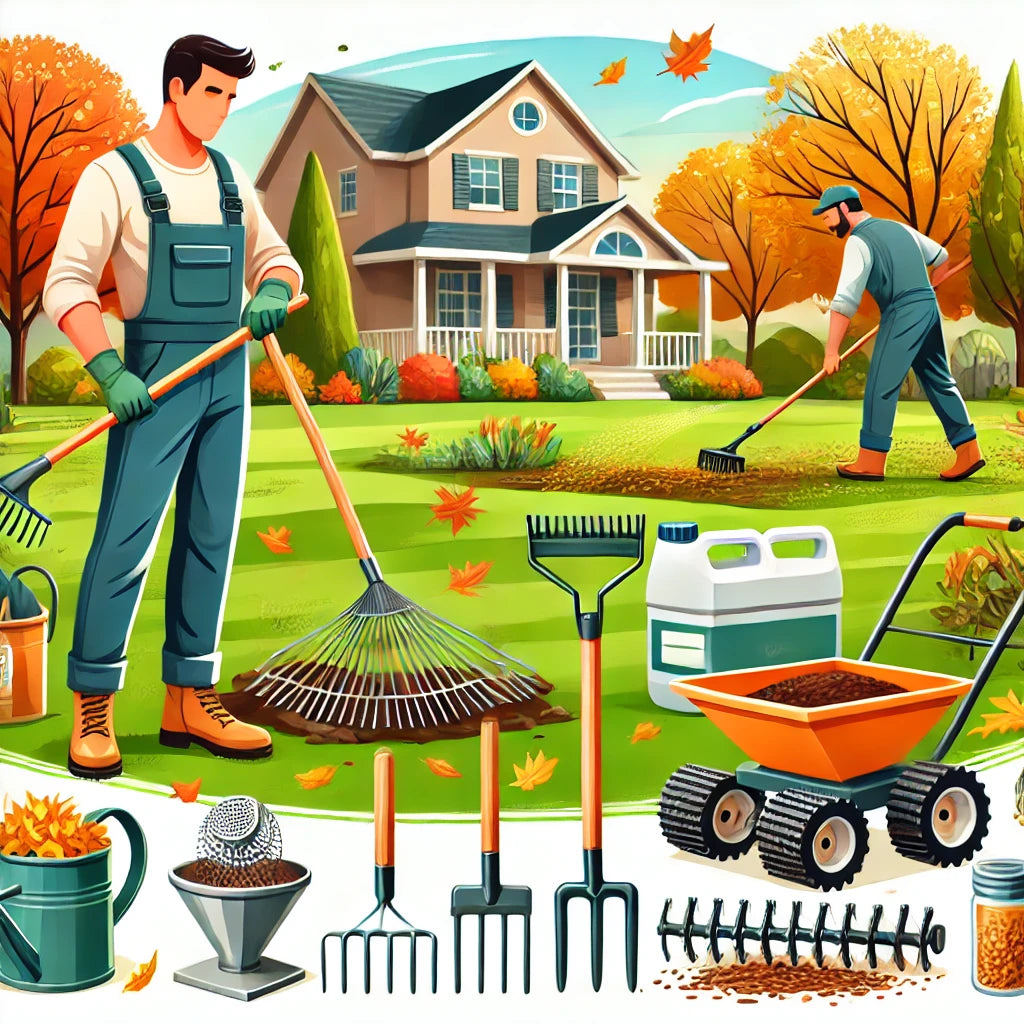As fall approaches, it's time to harvest the last of your summer crops and prepare your fall vegetables for storage. Proper harvesting and storage techniques can ensure you enjoy fresh, homegrown produce well into the winter months. Here are some essential tips for harvesting and storing fall vegetables.
Harvesting Fall Vegetables
Knowing when and how to harvest your fall vegetables is crucial for maximizing their flavor and shelf life.
- Timing: Harvest vegetables at their peak ripeness for the best flavor and texture. Check seed packets or gardening guides for specific harvesting times.
- Tools: Use clean, sharp tools like scissors, knives, or pruners to avoid damaging the plants.
- Morning Harvest: Harvest vegetables in the morning when they are at their freshest and have the highest moisture content.
Specific Harvesting Tips for Common Fall Vegetables
Different vegetables have unique harvesting requirements. Here are some tips for common fall crops:
Root Vegetables
- Carrots and Beets: Harvest when the roots are firm and reach the desired size. Gently loosen the soil and pull them out.
- Turnips and Radishes: Harvest before they become too large and woody. Remove the greens and store the roots.
Leafy Greens
- Kale and Spinach: Harvest leaves from the outside of the plant, allowing the inner leaves to continue growing.
- Lettuce and Swiss Chard: Cut leaves from the base of the plant. Avoid cutting too close to the center to encourage regrowth.
Brassicas
- Broccoli and Cauliflower: Harvest when the heads are firm and tightly packed. Cut the heads off with a sharp knife, leaving some stem attached.
- Cabbage: Harvest when the heads are firm and solid. Cut the stem just above the ground.
Squash and Pumpkins
- Winter Squash and Pumpkins: Harvest when the skin is hard and cannot be punctured with a fingernail. Cut the stem, leaving a few inches attached to the fruit.
Storing Fall Vegetables
Proper storage techniques can extend the shelf life of your fall harvest, ensuring you have fresh produce throughout the winter.
Root Cellar Storage
A root cellar provides an ideal environment for storing many fall vegetables.
- Temperature and Humidity: Maintain a temperature of 32-40°F and high humidity (85-95%) to keep vegetables fresh.
- Ventilation: Ensure good air circulation to prevent mold and rot.
Refrigerator Storage
For those without a root cellar, the refrigerator can be an effective storage option.
- Crisper Drawers: Store vegetables in crisper drawers to maintain humidity. Use perforated plastic bags to keep produce fresh.
- Optimal Conditions: Keep the refrigerator at a temperature of 32-40°F for best results.
Specific Storage Tips for Common Fall Vegetables
Different vegetables have unique storage needs. Here are some tips for common fall crops:
- Carrots and Beets: Remove greens and store in a cool, dark place. Keep in damp sand or sawdust to maintain moisture.
- Potatoes: Store in a dark, cool, and well-ventilated area. Avoid storing near onions, as they can cause potatoes to spoil faster.
- Onions and Garlic: Cure in a dry, well-ventilated area for a few weeks before storing. Store in a cool, dry place in mesh bags or open crates.
- Winter Squash and Pumpkins: Store in a cool, dry place with good air circulation. Avoid stacking to prevent bruising.
- Leafy Greens: Store in the refrigerator in perforated plastic bags. Keep away from fruits that produce ethylene gas, which can cause greens to spoil faster.
Curing Vegetables
Some vegetables benefit from a curing process before storage.
- Potatoes: Cure in a dark, well-ventilated area at 50-60°F for 1-2 weeks.
- Onions and Garlic: Cure in a warm, dry place for 2-3 weeks until the outer skins are papery.
Checking Stored Vegetables
Regularly check stored vegetables for signs of spoilage.
- Inspect Weekly: Look for soft spots, mold, or any signs of decay. Remove any spoiled vegetables immediately to prevent spreading.
- Maintain Conditions: Ensure temperature and humidity levels remain consistent.























Leave a comment
All comments are moderated before being published.
This site is protected by hCaptcha and the hCaptcha Privacy Policy and Terms of Service apply.